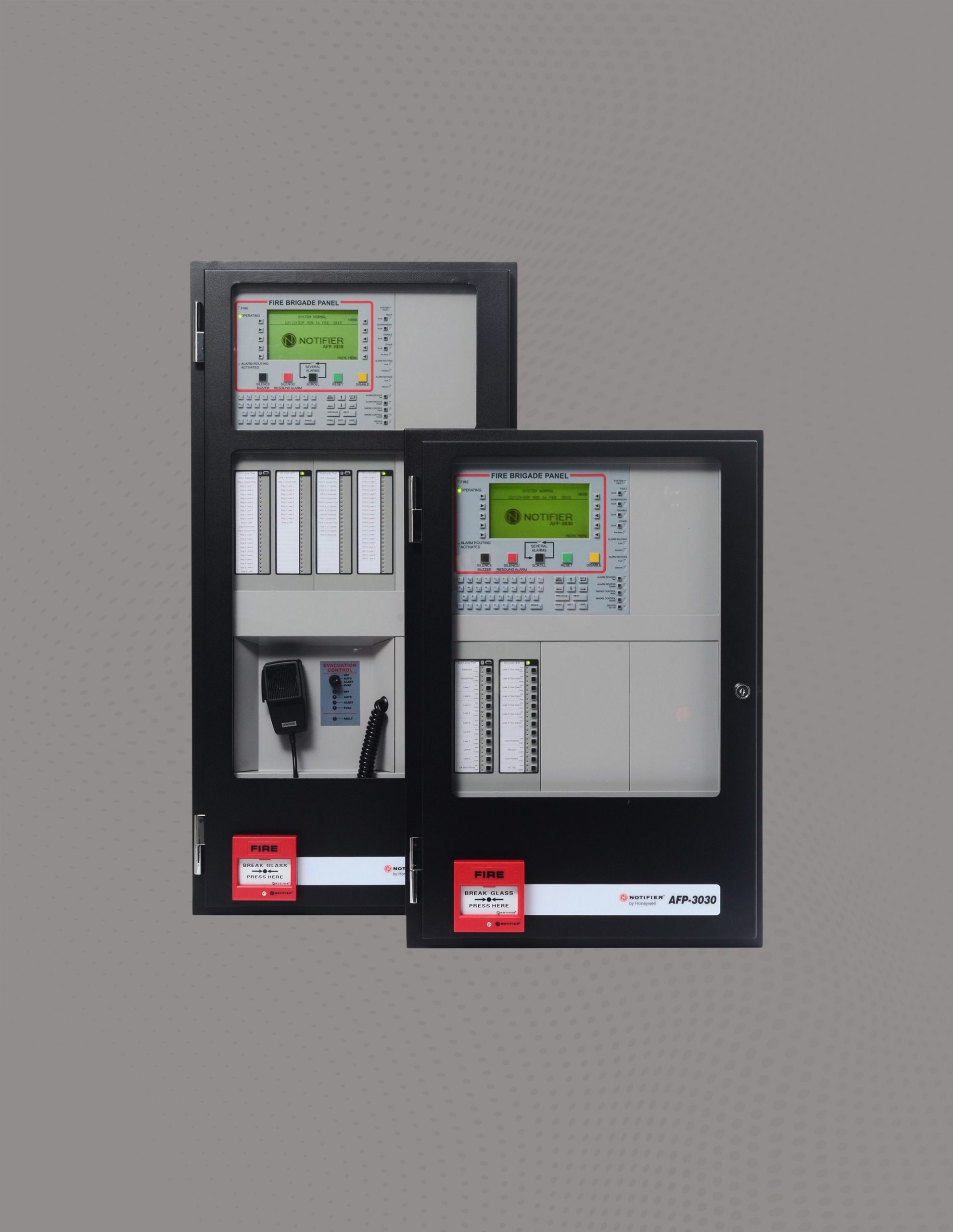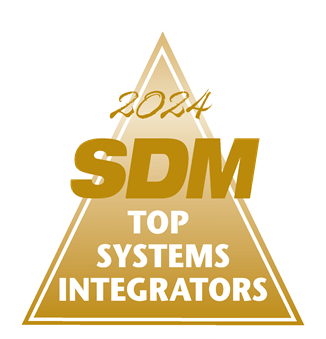
Maximizing Efficiency with Integrated AV Systems
At Pavion, we specialize in helping businesses maximize their efficiency through integrated AV systems. In today’s fast-paced and interconnected world, having a seamless and well-integrated audiovisual (AV) system is crucial for modern businesses to thrive. In this article, we will explore the key components of integrated AV systems, their role in modern business operations, and the path to maximizing efficiency through their implementation.
Understanding Integrated AV Systems
Integrated AV systems combine various audiovisual technologies and devices to create a unified and streamlined experience for businesses. These systems encompass a wide range of components, including conference room displays, video conferencing equipment, sound systems, and control interfaces. By integrating these components, businesses can create a cohesive and user-friendly AV infrastructure that enhances communication and collaboration among teams.
Integrated AV systems have revolutionized the way businesses operate by providing a seamless and immersive audiovisual experience. Gone are the days of struggling with multiple devices and cables to set up a presentation or video conference. With integrated AV systems, businesses can now enjoy a hassle-free and efficient workflow, allowing them to focus on what truly matters – their core operations.
Key Components of Integrated AV Systems
When designing an integrated AV system, it is important to consider the key components that will fulfill the unique needs of your business. These components typically include:
- Displays: High-resolution screens or projectors that provide visual information.
- Audio: Sound systems and speakers that deliver clear and immersive audio.
- Input Sources: Devices that allow users to connect their computers, video conference platforms, or other media sources.
- Control Interfaces: User-friendly interfaces, such as touch panels or mobile apps, that enable easy control and management of the AV system.
- Connectivity: Reliable network infrastructure that facilitates seamless communication between different AV components.
Each component plays a crucial role in creating a comprehensive AV system. The displays provide a visually stunning experience, ensuring that presentations, videos, and other visual content are delivered with utmost clarity. The audio component, on the other hand, ensures that the sound quality is top-notch, immersing the audience in a rich and engaging audio experience. With the right input sources, users can effortlessly connect their devices, ensuring that information can be shared and accessed seamlessly. Control interfaces, such as touch panels or mobile apps, make it easy for users to navigate and manage the AV system, providing a user-friendly experience. Lastly, connectivity is the backbone of any integrated AV system, ensuring that all components can communicate with each other without any interruptions.
The Role of AV Systems in Modern Business
AV systems play a crucial role in modern business operations by facilitating effective communication, enhancing collaboration, and increasing productivity. They allow teams to share information in real-time, conduct video conferences with remote teams or clients, and deliver impactful presentations. With integrated AV systems, businesses can break down geographical barriers, foster innovation, and drive decision-making processes by enabling seamless information flow and collaboration.
Imagine a scenario where a team is working on a project that requires input from members located in different offices around the world. With integrated AV systems, these team members can easily connect via video conferencing, share their screens, and collaborate in real-time. This not only saves time and resources but also fosters a sense of unity and teamwork among the members.
Furthermore, integrated AV systems enable businesses to deliver impactful presentations that captivate the audience and leave a lasting impression. With high-resolution displays, immersive audio, and seamless connectivity, businesses can showcase their ideas, products, and services in a visually stunning and engaging manner. This not only helps in conveying the message effectively but also enhances the overall brand image and credibility.
In conclusion, integrated AV systems have revolutionized the way businesses communicate, collaborate, and operate. By combining various audiovisual technologies and devices, businesses can create a cohesive and user-friendly AV infrastructure that enhances productivity and drives innovation. With the ability to seamlessly share information, conduct video conferences, and deliver impactful presentations, businesses can break down geographical barriers and foster collaboration on a global scale.
The Path to Maximizing Efficiency
To achieve maximum efficiency, businesses need to focus on the integration and optimization of their AV systems. The following factors are key to maximizing the benefits of integrated AV systems:
The Importance of System Integration
Integrating different AV components within a unified system allows for seamless functionalities, reduces complexity, and improves user experience. By integrating AV systems with other business technologies, such as room booking systems or collaboration tools, businesses can create an integrated ecosystem that enhances efficiency and productivity throughout the organization.
For instance, imagine a scenario where a company has a state-of-the-art conference room equipped with AV systems integrated with a room booking system. When a meeting is scheduled, the AV system automatically turns on the display, adjusts the lighting to an optimal level, and sets the audio settings to ensure clear communication. This integration eliminates the need for employees to manually configure the AV system before each meeting, saving valuable time and ensuring a smooth start to every gathering.
Furthermore, system integration allows businesses to leverage the power of data. By integrating AV systems with analytics tools, organizations can gather valuable insights on room utilization, equipment usage, and user preferences. This data can be used to optimize resource allocation, identify areas for improvement, and make informed decisions to enhance overall efficiency.
Streamlining Operations with AV Systems
Efficient AV systems enable businesses to streamline their operations by automating manual tasks and simplifying complex processes. For example, integrated AV systems can be programmed to automatically adjust lighting, control temperature, and configure audio settings when a meeting starts. This seamless integration eliminates the need for manual adjustments, saving time and effort for employees.
Moreover, AV systems can go beyond basic automation and offer advanced features that further enhance efficiency. For instance, some AV systems are equipped with facial recognition technology, allowing them to identify meeting participants and automatically adjust settings based on their preferences. This not only saves time but also creates a personalized and user-friendly experience for employees.
In addition to automation, AV systems can also streamline collaboration and communication. Integrated video conferencing solutions, for example, enable remote teams to connect and collaborate seamlessly, reducing the need for travel and enabling real-time decision-making. This not only saves costs but also improves productivity by eliminating geographical barriers and allowing teams to work together efficiently.
Furthermore, AV systems can be integrated with other business tools, such as project management software or customer relationship management systems, to streamline workflows and enhance productivity. For instance, an AV system integrated with project management software can automatically display project timelines and progress updates during team meetings, ensuring everyone is on the same page and facilitating efficient project management.
In conclusion, the integration and optimization of AV systems are crucial for businesses aiming to maximize efficiency. By seamlessly integrating AV components, leveraging data insights, automating manual tasks, and streamlining collaboration, businesses can create a productive and efficient work environment that drives success.
Benefits of Efficient Integrated AV Systems
Implementing efficient integrated AV systems provides numerous benefits that contribute to the overall success of a business. Let’s explore a few key advantages:
Cost Savings and ROI
An efficiently integrated AV system can result in significant cost savings for businesses. By eliminating the need for separate AV solutions and consolidating technology resources, businesses reduce capital expenses and maintenance costs. Additionally, effective AV systems improve productivity, collaboration, and decision-making processes, leading to a tangible return on investment (ROI).
Enhanced Communication and Collaboration
Integrated AV systems foster enhanced communication and collaboration among teams, regardless of their geographical locations. With video conferencing capabilities, remote teams can participate in meetings seamlessly, fostering a sense of inclusion and empowering effective collaboration. By removing communication barriers, businesses can boost productivity and accelerate project timelines.
Implementing Integrated AV Systems
Implementing an integrated AV system requires careful planning and consideration. Here are some key steps to ensure successful implementation:
Choosing the Right AV Solutions
Prioritize understanding your specific business needs and requirements before selecting AV solutions. Collaborate with experienced AV consultants who can recommend and design a tailored solution that aligns with your goals and budget. Evaluating factors like ease of use, scalability, and compatibility with existing technologies can help in making an informed decision.
Best Practices for AV System Integration
When integrating AV systems, it is essential to follow best practices to maximize efficiency and minimize potential issues. Ensuring appropriate cabling infrastructure, conducting thorough testing and quality assurance, and providing comprehensive user training are some practices that can result in a smooth and successful integration process. Regular maintenance and updates will also help keep your AV systems performing optimally over time.
Maintaining and Upgrading Your AV Systems
Once an integrated AV system is in place, regular maintenance and upgrades are key to ensuring optimal performance and longevity. Some best practices for maintaining and upgrading AV systems include:
Regular Maintenance for Optimal Efficiency
Schedule regular maintenance and inspections to identify and address any potential issues with your AV system. Routine tasks such as cleaning displays, testing audio equipment, and updating firmware can help maintain optimal performance and longevity.
Keeping Up with AV Technology Advancements
AV technology is continuously evolving, and businesses need to stay updated with the latest advancements to ensure they remain competitive. Regularly assess your AV system’s capabilities and explore opportunities for upgrades or enhancements that align with your business objectives. This proactive approach will help you leverage new features and functionalities that can further boost efficiency and productivity.
In conclusion, integrated AV systems offer businesses a powerful tool for maximizing efficiency and productivity. By considering the key components of integrated AV systems, understanding their role in modern business operations, and following best practices for implementation, maintenance, and upgrades, businesses can unlock the full potential of these systems. At Pavion, we specialize in providing comprehensive AV solutions tailored to your unique business needs, helping you drive success through efficient and well-integrated AV systems.
Ready to Elevate Your Business with Integrated AV Solutions?
At Pavion, we’re dedicated to connecting and protecting your business with cutting-edge technology solutions. Our expertise in fire, security, and AV integration is tailored to meet the unique needs of industries ranging from enterprise to healthcare, education, government, data centers, and retail. Embrace the transformation that comes with enhanced safety, security, and communication. Don’t miss the opportunity to optimize your operations and productivity. Get a Free System Assessment today and take the first step towards a more efficient and secure future with Pavion.


